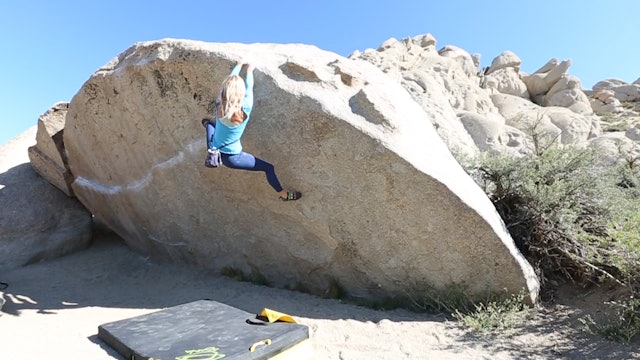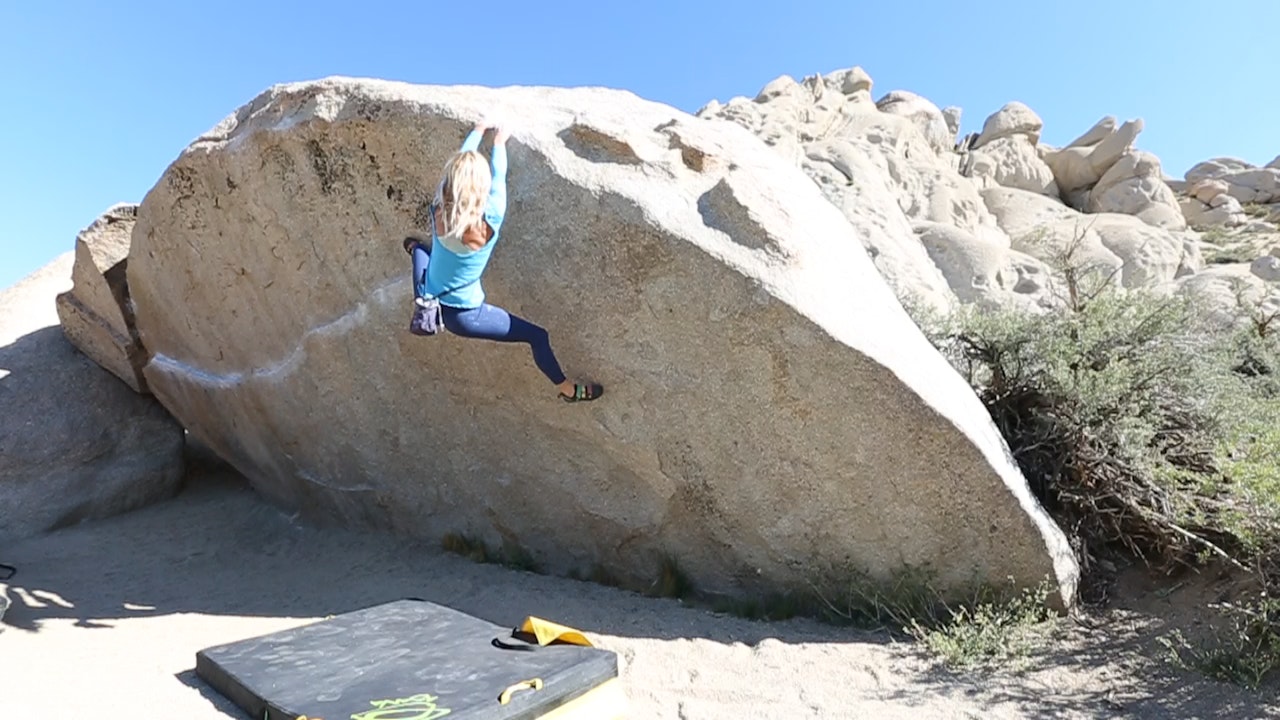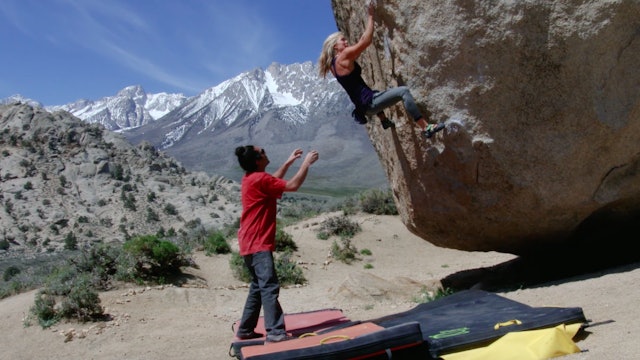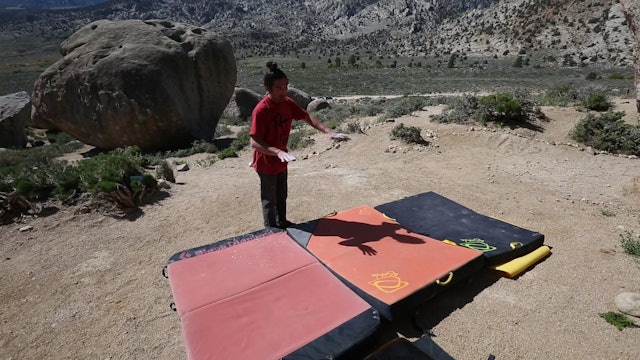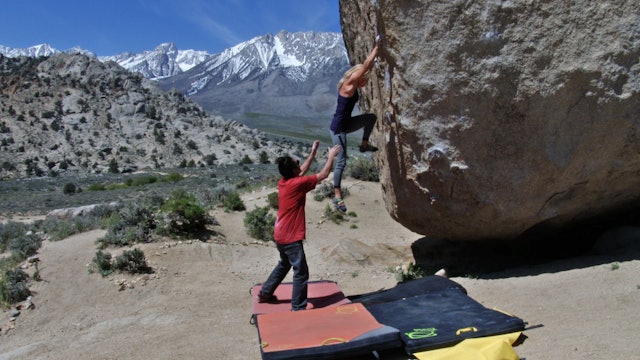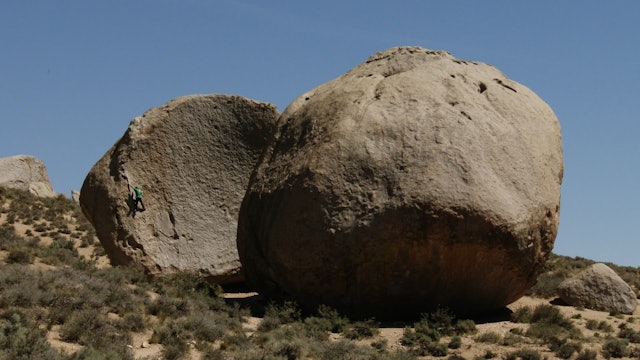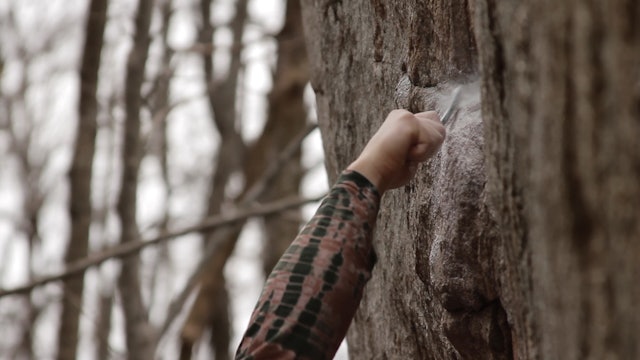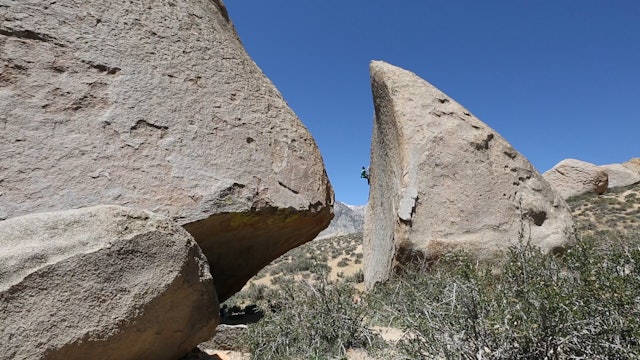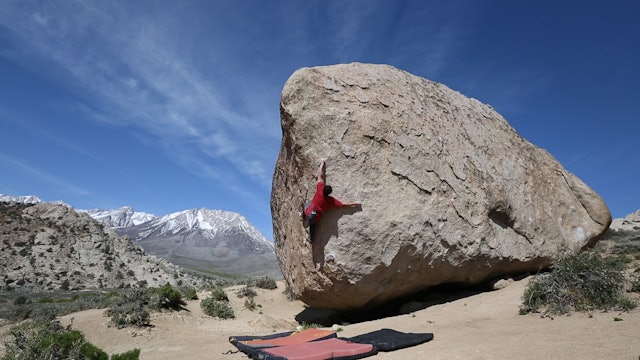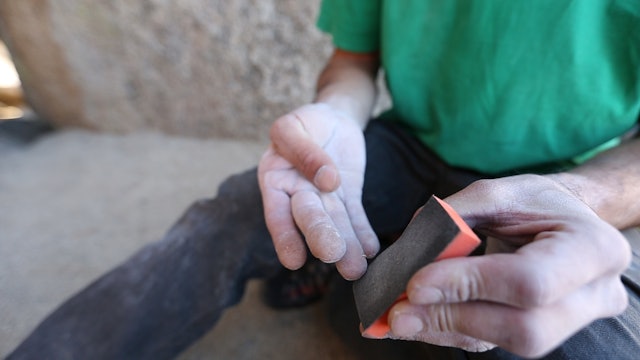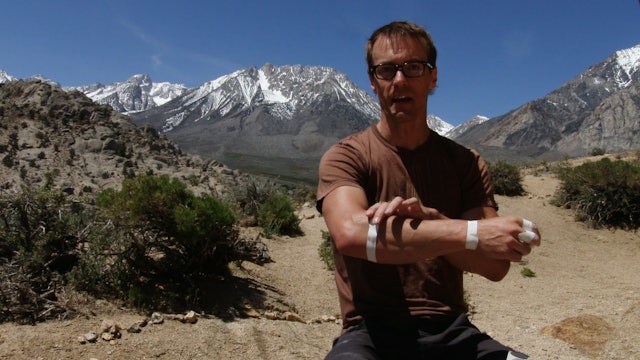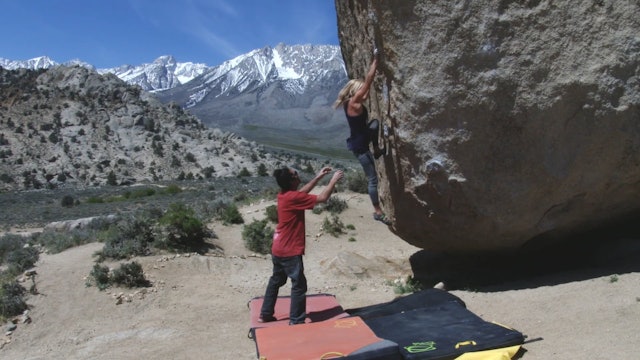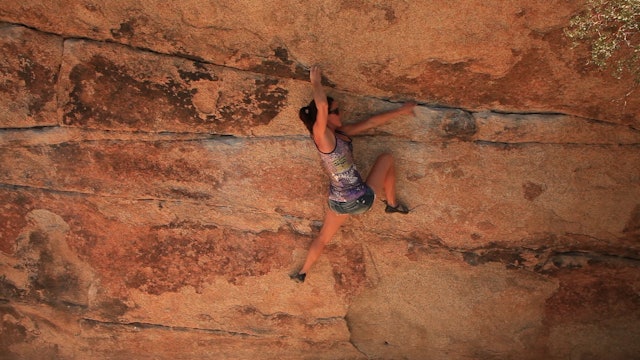Bouldering
Our Bouldering series offers a combination of CTT videos for both indoor and outdoor bouldering. Let's crush!
Bouldering is one of the purest forms of climbing. It is also a great starting point. No ropes. No waiting for a belay. Just climbing shoes, climbing chalk, and a crash pad. The focus is on movement and physicality.
This Bouldering video series should be used in conjunction with our Climbing Movement series. Subtle improvements in technique and biomechanics help us steadily graduate through the bouldering grades. A healthy dose of common sense helps us improve safety, and outdoor ethics help us "Leave No Trace". The goal is to have fun, incrementally improve, and enjoy climbing for a lifetime.
Let's get started! Our Bouldering video series is below. Be careful, and have fun!
Know & Go with ClimbingTechTips.com
Please remember, climbing is inherently dangerous. Climb at your own risk.
-
Bouldering: 3. Pad Placement and Spotting
Pop Quiz: How many pad placement and spotting errors can you count, towards the end of this video?
We have talked about the importance of crash pads, pad positioning, and pad leveling. Now let’s take a deeper look at proper pad placement and spotting during a climb.
Placement - Once the gro...
-
Bouldering: 2. Leveling Pads
Let us take a closer look at leveling pads while bouldering.
We touched on this in a previous video, but we wish to reiterate how important it is to make sure there are never gaps between pads. Falling and landing between pads leads to serious injury.
Always be sure to line pads alongside o...
-
Bouldering: 1. Crash Pads
Crash Pads are an important tool, and useful in risk assessment.
A few factors to consider when using crash pads:
1. Which landing areas need padding?
2. Will the pad’s location disturb plants or animals around the boulder?
3. Is one crash pad enough protection, or will you need to “s...
-
Bouldering: 4. Risk Assessment
Bouldering, while not as high in the air as other types of climbing, is no less dangerous.
Most common outdoor climbing injuries stem from boulder falls. Give extra consideration to your surroundings when bouldering.
Below are a few things to consider when assessing the risks of each boulde...
-
Bouldering: 5. Brushing Holds
Whether climbing outdoors or indoors, brushing excessive chalk off the holds is typically a smart idea. The more chalk on a hold, the less friction you have with the stone or the plastic.
Below are a few things to consider when brushing holds:
1. Plastic bristles can wear down the natur...
-
Bouldering: 6. High Balls
A “high ball” refers to boulder problems generally above 15 or 16 feet, or with a top-out approximately 5 meters high (or higher). Another way to think of “high balls”, is an un-roped climb that is 3x your height, or taller.
Below are a few things to consider when climbing high balls:
1....
-
Bouldering: 7. The Importance of Warming Up
Like in most sports, warming up is crucial to bouldering success and injury prevention. Below are a few things to consider when warming up for bouldering:
1. Be sure to spend a good 10 minutes stretching your tendons and muscles in your legs, back, and forearms. For more on this, see our video...
-
Bouldering: 8. The Importance of Sanding your Fingers
Some climbers believe that sanding your fingers is important when climbing sharp or rough rock surfaces (i.e. granite, sandstone), where your fingers might develop burrs from climbing.
Tip: Use a file, to sand off the burrs until the skin is smooth again. This helps increase positive traction ...
-
Bouldering: 9. Taping to Prevent Injury
In this video we review taping to compensate for climbing injury, or to prevent climbing injuries.
First, it’s important to consider forearm anatomy. The tendons that flex our fingers start from the tips of our fingers and extend all the way to the inside of our elbow. They are held down along...
-
Bouldering: 10. Resting Between Attempts
Boulder problems are relatively short, but they are intense, with powerful moves. They require a lot of energy per attempt.
Resting between attempts when bouldering is important, in order to prevent overuse injury. If you keep firing to the same crimp, and almost hitting the move, your tendons...
-
Bouldering: 11. The Gunsmoke Traverse
This video features CTT athlete Steph Gibson bouldering an ultra classic V3 route called The Gunsmoke Traverse in California’s Joshua Tree National Park. See if you can spot the techniques covered in our “Climbing Movement” videos which helps Steph flow through this long and classic traverse.
...
